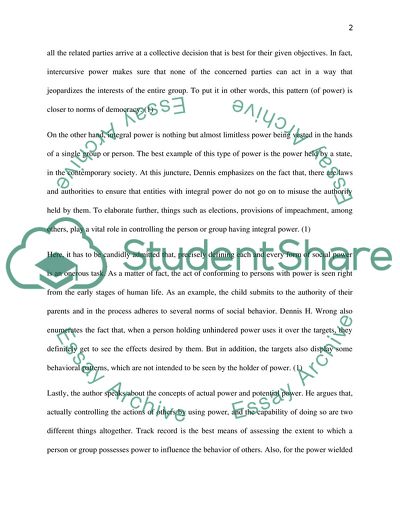Cite this document
(“Social Institutions Essay Example | Topics and Well Written Essays - 1500 words”, n.d.)
Retrieved de https://studentshare.org/sociology/1426562-social-institutions
Retrieved de https://studentshare.org/sociology/1426562-social-institutions
(Social Institutions Essay Example | Topics and Well Written Essays - 1500 Words)
https://studentshare.org/sociology/1426562-social-institutions.
https://studentshare.org/sociology/1426562-social-institutions.
“Social Institutions Essay Example | Topics and Well Written Essays - 1500 Words”, n.d. https://studentshare.org/sociology/1426562-social-institutions.


